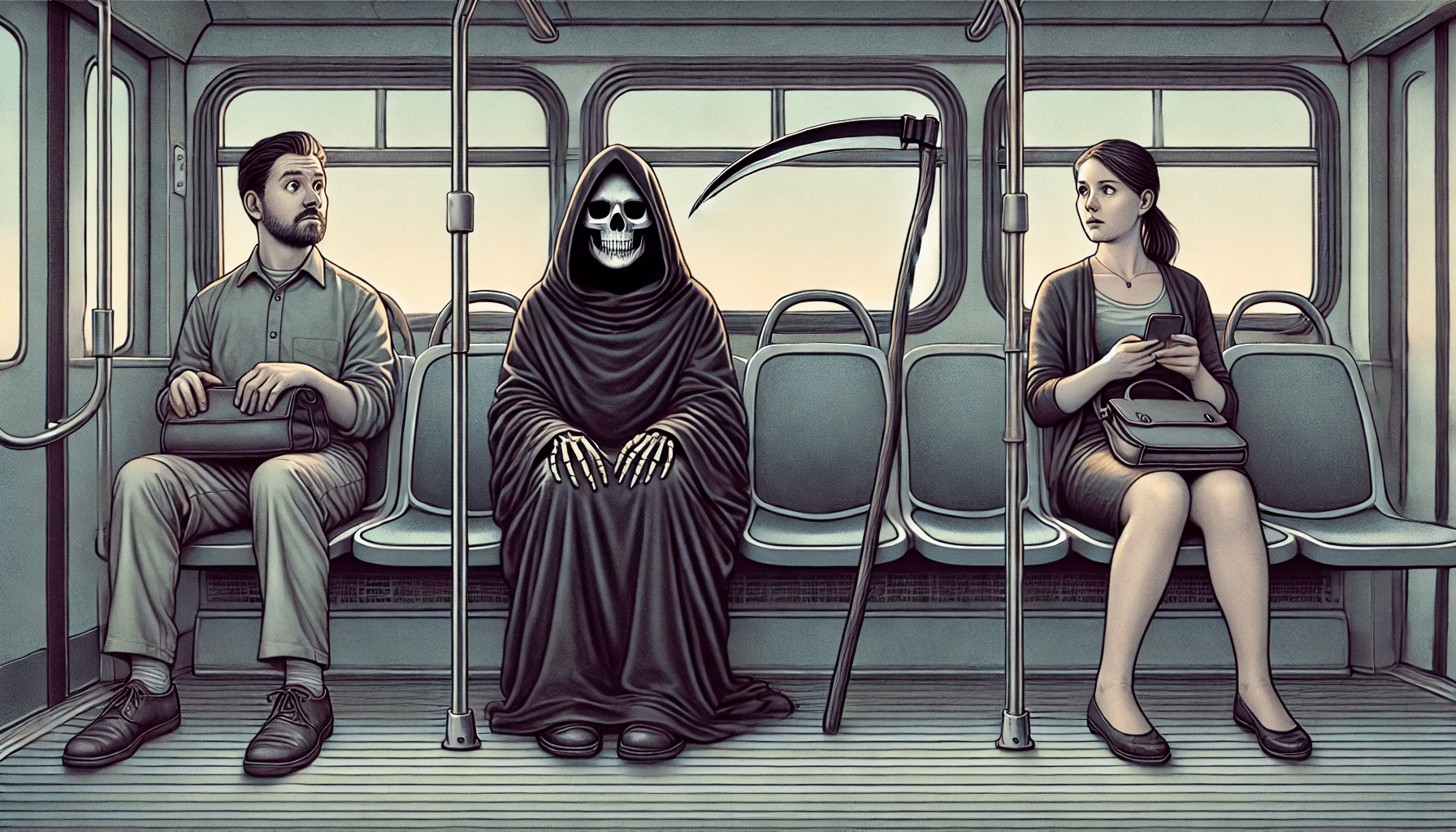Last Updated on janvier 29, 2025 by L'équipe Pain et Cirque
In the world of business, marketing and stratégie de contenu, one truth is evident: the middle ground often leads to mediocrity. The concept is simple yet often overlooked. For those in marketing de contenu, the middle can be a safe place for moderate success, but it’s also where innovation stagnates, and returns can plateau.
During my early days in business school, one of our first exercises was participating in a simulation where teams competed to allocate resources for the development, marketing, and distribution of a product. The key strategic decision was whether to compete on price or quality. The outcome was telling: my team, which focused solely on creating the highest quality product, came out on top. The second opted instead for an aggressive cost-focused strategy. The remaining teams that attempted to straddle both strategies failed to make an impact. This was an early lesson about the perils of the middle.
Years later, working in the ad-supported publishing industry, I saw this lesson play out on a much larger scale. The industry was a winner-takes-all ecosystem. The audience size was king, and publishers clamored for strategic partnerships to aggregate their readership and boost their Comscore rankings. But then, Facebook stepped in, fundamentally shifting the landscape. With an unparalleled reach and advertising infrastructure, ad dollars funneled to the platform, leaving middle-ground players struggling for relevance. The lesson? Winners either dominate the market or niche down to serve a particular audience exceptionally well.
Content Marketing and the Middle Ground Problem
Content marketing is no different. Network effects, algorithms, and human nature demand an approach that either favors cost-effective, programmatic content or leans into creating unparalleled, unique content. The middle ground is tempting; it feels safer and less risky. But in reality, it’s where content efforts go to be forgotten.
What Does Differentiated Content Look Like?
To truly stand out, content should be developed with one of two mindsets:
Be the Best at Cost-Efficient, AI-Supported Content Creation: This approach leverages technology to create a high volume of relevant, useful content. It’s scalable, data-driven, and consistent. Being the best at programmatic AI-supported content means creating guidelines and production processes that deliver high-value content at scale. Companies that do this right can play a volume game, capturing longer tail keywords and serving their audiences while controlling production costs.
Create Exceptional, Differentiated Content: This content is not just good; it’s second to none. It requires deep research, creative storytelling, and a true understanding of the audience’s needs. Here’s what that means in practical terms:
- Data-Driven Insights: Developing proprietary surveys or studies that generate unique data points. According to the Content Marketing Institute, 65% of the most successful B2B content marketers use original research to create high-value content.
- Expert Writing and Editing: Content that is shaped by professionals who bring an authoritative voice and unmatched expertise.
- Comprehensive Deep Dives: Crafting pieces that explore topics in a way that no one else does, responding to specific queries or gaps in the current content landscape.
The benefits of differentiated content are clear: it garners higher engagement, more shares, and increased backlinks. Backlinko found that blog posts featuring seven or more images generate 55% more backlinks compared to those without images. Additionally, articles incorporating videos receive 83% more traffic, and articles with more than three videos attract 55% more backlinks than those without any videos. These statistics underscore the importance of creating unique, well-researched, and visually enriched content to enhance online visibility and authority.
Why the Middle Is Attractive—And Dangerous
So, why do so many companies and marketers remain stuck in the middle? The incentives are hard to ignore:
- Budget Constraints: Producing best-in-class content is more expensive. It demands investment in research, expert writers, and extended production timelines.
- Risk Aversion: Spending more on fewer pieces of content can feel like betting it all on a single hand. It’s a strategic risk akin to putting all your chips on a single number in roulette—albeit with better chances.
- Stakeholder Pressure: Clients and internal stakeholders often want immediate results. The road to exceptional content is longer and harder to measure in the short term, making it a difficult sell.
The Courage to Avoid the Middle
Choosing not to compete in the middle ground requires courage, patience, and financial backing. It involves betting on strategic content that may not yield immediate returns but promises significant long-term value. It’s not for the faint of heart, but the alternative—settling for the middle—ensures only one thing: consistent mediocrity.
The Long-Term Payoff of Avoiding the Middle
The middle in content marketing isn’t just a safe spot—it’s a trap. It lures creators and marketers with the promise of lower risk but delivers diminished returns and a lack of differentiation. As more businesses look to content as a growth strategy, the choice becomes clear: either master cost-effective scalability or create content so compelling that it becomes the benchmark in your field.
Companies that embrace these extremes, investing either in AI-driven production at scale or in high-quality, differentiated storytelling, will be the ones that stand out. The middle ground? That’s where efforts disappear into obscurity.

